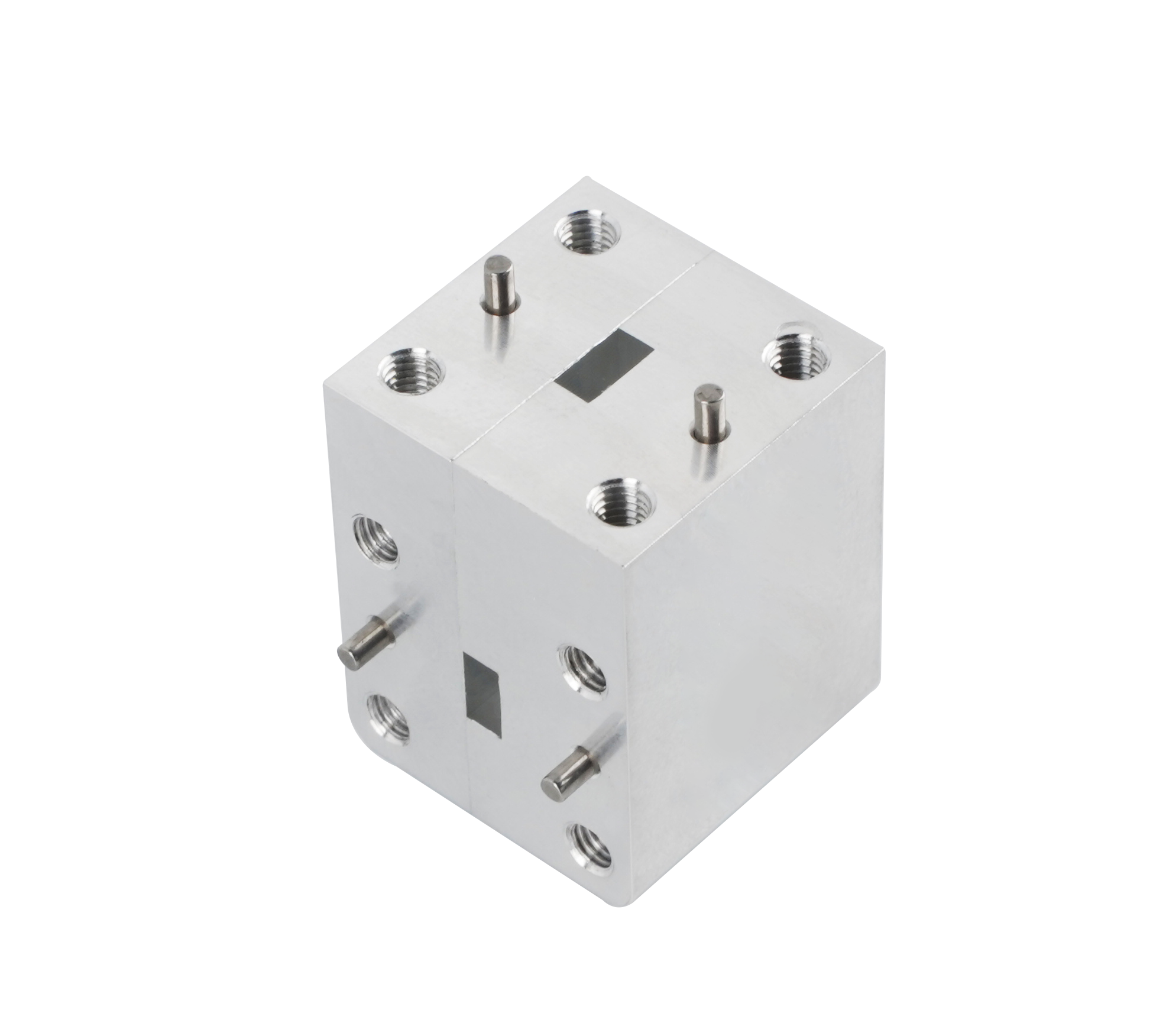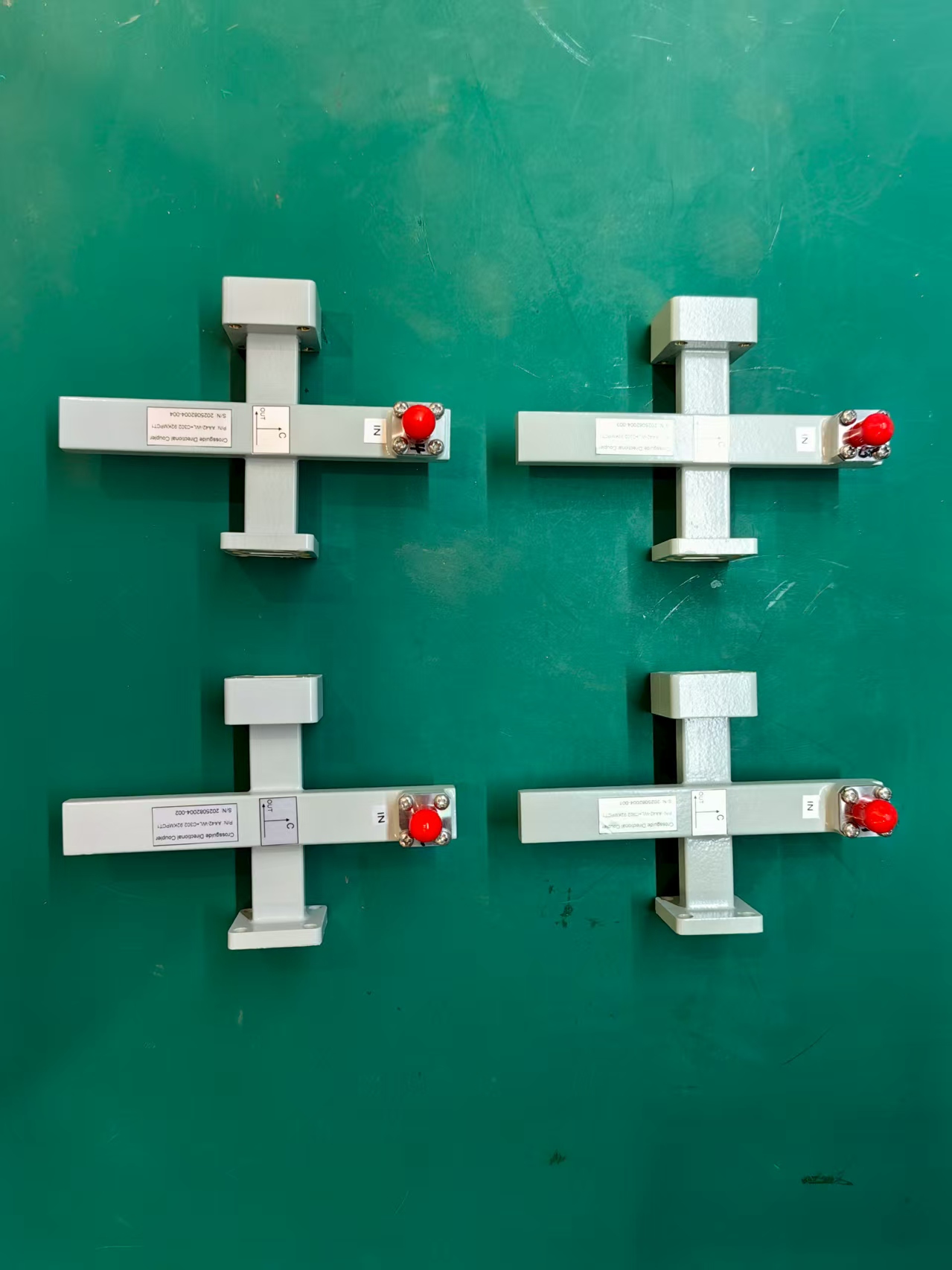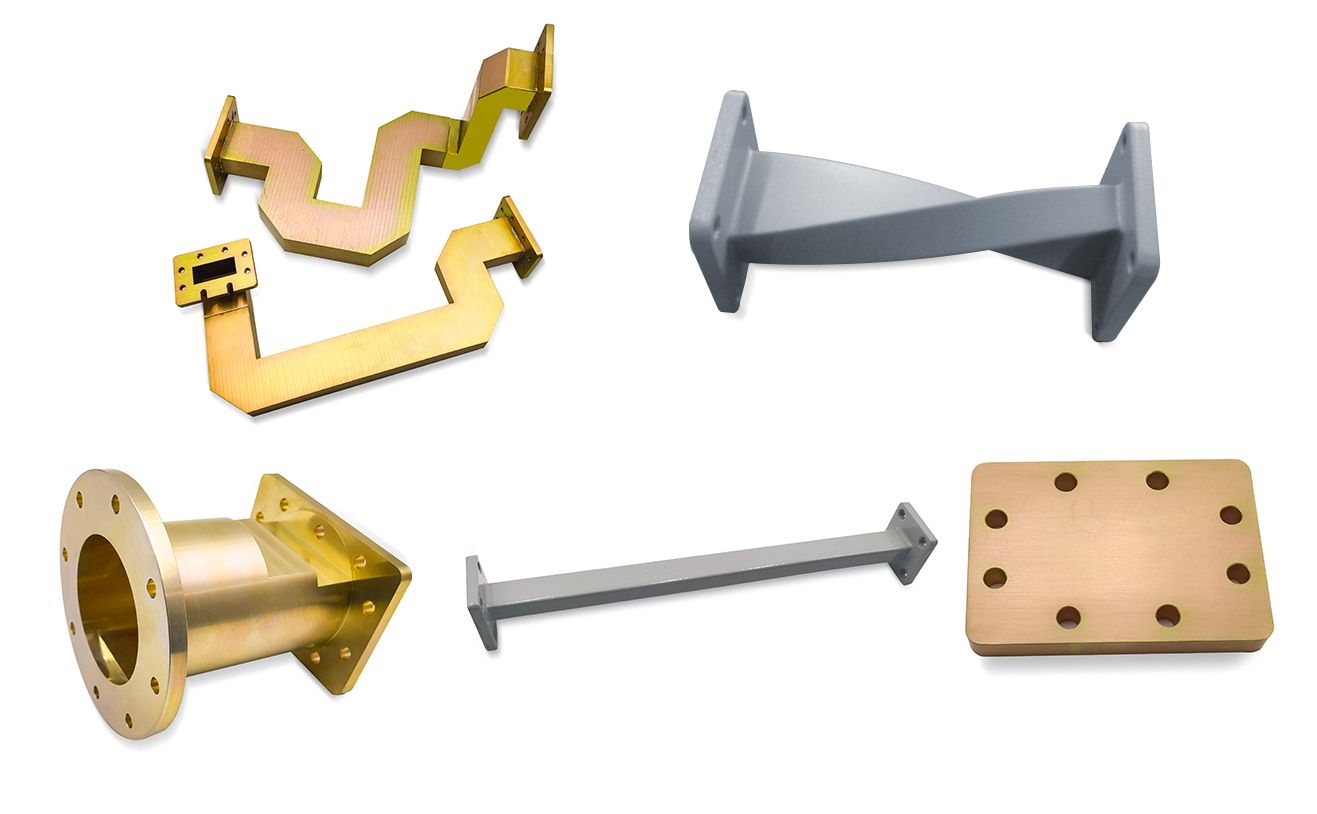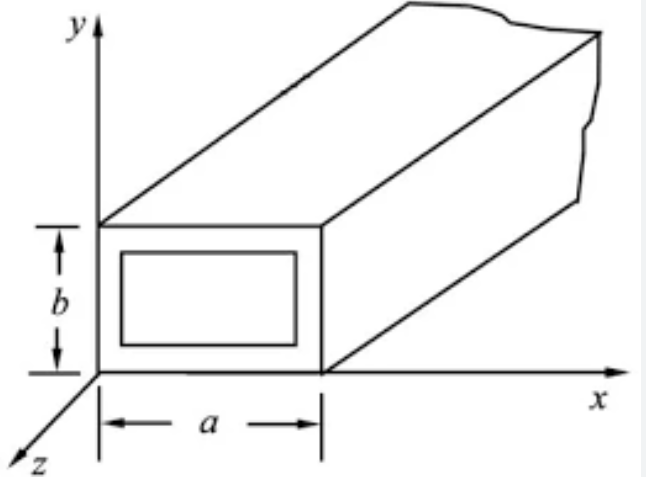Circulators vs. Isolators: Understanding the Relationship and Key Differences
In the world of microwave and RF engineering, circulators and isolators are essential non-reciprocal devices used to control the direction of signal flow. While they are closely related—and often confused—they serve distinct roles in communication, radar, and satellite systems.
What Is a Circulator?
A circulator is a multi-port device (usually 3 or 4 ports) that directs microwave signals in a specific circular sequence. For example, in a 3-port circulator, a signal entering Port 1 exits at Port 2; a signal entering Port 2 exits at Port 3, and so on. This property makes circulators ideal for applications such as duplexing in radar systems, where a single antenna can both transmit and receive signals simultaneously.
What Is an Isolator?
An isolator is essentially a two-port device derived from a circulator. It allows signals to pass in one direction with very low loss, while blocking any reflected energy traveling in the reverse direction. This protects sensitive components—such as amplifiers or oscillators—from reflected power that could cause damage or degrade performance.
How Are They Related?
Isolators are a simplified version of circulators. By terminating one port of a three-port circulator with a matched load, you create an isolator. This absorbed port dissipates unwanted reflected energy, making the device function as a “one-way street” for RF signals.
Key Differences Between Circulators and Isolators
| Feature | Circulator | Isolator |
| Number of Ports | Typically 3 or 4 | 2 |
| Function | Directs signal flow cyclically between ports | Allows transmission in one direction only |
| Primary Use | Duplexing, coupling, splitting signals | Protecting components from reflections |
| Complexity | Higher | Lower (simplified circulator) |
Which One Should You Use?
Use a circulator when you need controlled signal routing between multiple paths, such as in transceiver systems or radar duplexers.
Use an isolator when you need to prevent reverse power from damaging critical components in transmitters or amplifiers.
Both devices play crucial roles in improving system performance and reliability, especially in high-power and frequency-sensitive applications like satellite communications, military radar, and 5G infrastructure.
At our company, we design and manufacture high-performance custom circulators and isolators tailored to your frequency, power, and interface requirements. With rapid prototyping and deep technical expertise, we help you integrate these components seamlessly into your systems.
Interested in learning which solution fits your project best?
Contact us today for a consultation or custom quote.
#Circulator #Isolator #RFComponents #MicrowaveEngineering #SatelliteTech #5G #Radar #WirelessCommunication #Engineering
 Circulators vs. Isolators: Understanding the Relationship and Key Differences
Circulators vs. Isolators: Understanding the Relationship and Key Differences
 Need a Waveguide Coupler Tailored to Your Exact Satellite Requirements?
Need a Waveguide Coupler Tailored to Your Exact Satellite Requirements?
 How to Choose the Right Connecting Waveguide for Your Transmission Line?
How to Choose the Right Connecting Waveguide for Your Transmission Line?
 The Essential Guide: How Waveguide Dimensions Determine Frequency Performance
The Essential Guide: How Waveguide Dimensions Determine Frequency Performance

